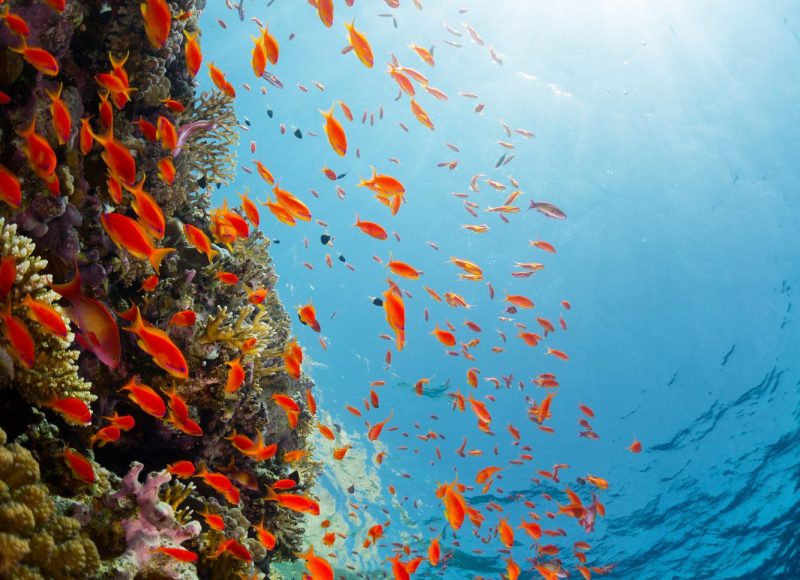BIODIVERSITY MONITORING IS OUT OF SYNC WITH GLOBAL CHANGES
Ecosystems are the very bedrock of life and its evolution, and biodiversity is the source of numerous ecosystem services. As biodiversity is increasingly threatened by the growing magnitude and speed of global changes, monitoring it at high spatial and temporal resolutions is becoming a necessity. For some time now we have had access to highly-effective methods for monitoring our physical environment and habitats instantly and on a global scale, such as remote sensing and sensors that measure electromagnetic and acoustic frequencies. In comparison, biodiversity monitoring is still fragmented, often local, rarely replicated over time, and mostly concentrated on a few target species. This is even truer for marine biodiversity. The inaccessibility of some habitats (deep ocean), the sheer enormity of sea masses, and the difficulty of observing species that can be evasive (sharks) or hidden (small reef fish) make such monitoring particularly complex.

PROOF OF CONCEPT BASED ON CORAL REEFS
Coral reefs harbour the greatest diversity of fish anywhere on the planet. They are home to many cryptic species that are difficult to observe using traditional techniques, such as visual survey by divers. Monitoring carried out over several decades has still not provided us with a reliable estimation of this diversity of coral fish. For the last three years, several expeditions led by Vigilife scientists, in particular as part of the “Monaco Explorations”, haveprovided a means for studying coral fish diversity through 251 filtered seawater samples from the Indian, Pacific and Atlantic oceans. eDNA analyses revealed an overall diversity of 2,788 species of fish – 16% more than the most recent estimation, which was based on visual observations from 2,813 scuba diving transects in these three oceans, conducted over 13 years as part of the Reef Life Survey project. eDNA also detected 50% more families than visual monitoring (118 vs. 77).

A NEW ERA FOR A LARGE-SCALE BIODIVERSITY INVENTORY
eDNA-based technologies enable analyses unimaginable with conventional methods for monitoring marine biodiversity. They are able to detect all species of fish, from the biggest (whale shark) to the smallest (gobies), without having to catch or disturb them. Furthermore, the sampling protocol is easy to carry out and does not require the involvement of fish specialists. It can therefore be implemented over large areas in a very short space of time, as already widely demonstrated in freshwater ecosystems. Lastly, these innovative approaches use the latest advances in bioinformatics to draw up diversity estimations even without a complete genetic reference database. Developments in eDNA can be expected to enable a change in the spatial and temporal scales of biodiversity monitoring, in step with global changes. The setting up of Vigilife, which uses standardised space and time protocols, should be a catalyst for this paradigm shift.


